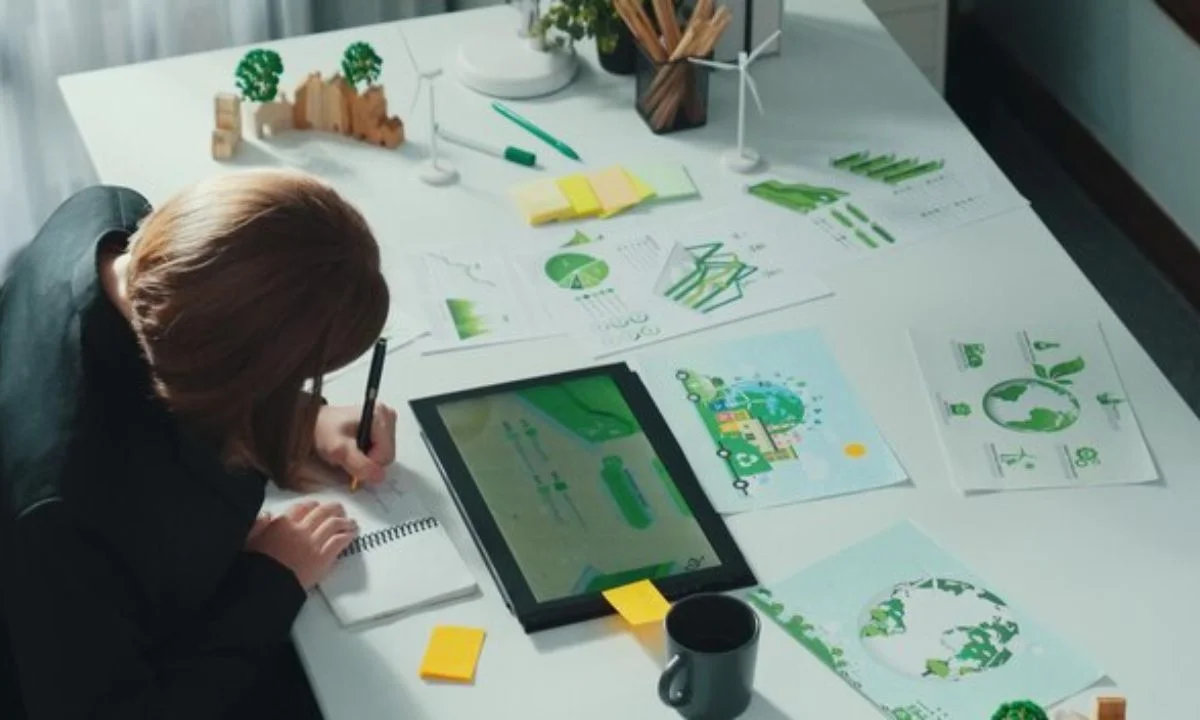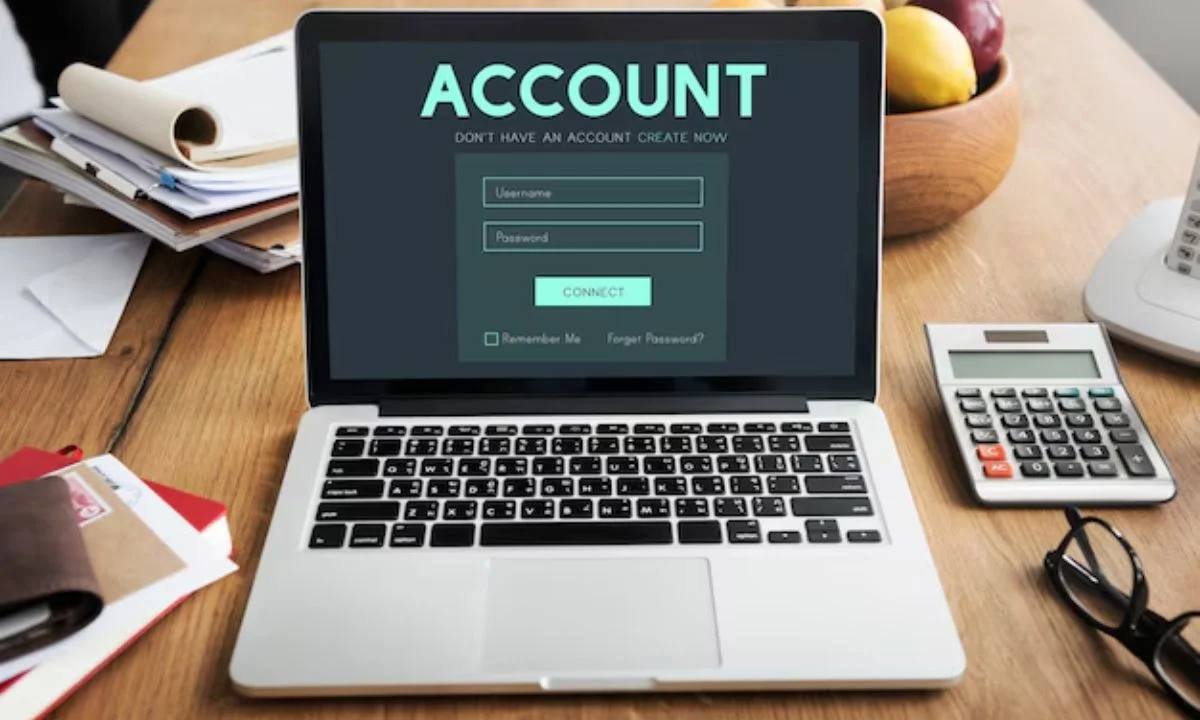Sustainable design trend in digital design is becoming increasingly important as businesses and individuals look for ways to reduce their carbon footprints while delivering high-quality digital experiences. From creating websites to developing apps, sustainability in digital design focuses on minimizing energy use and promoting eco-friendly practices. This growing trend is not only beneficial for the environment but also improves the overall user experience by making digital products more efficient and accessible.
In this post, we’ll explore the key aspects of sustainable digital design, including its importance, best practices, and impact on the future of the design industry.
Why Sustainable Design Trend in Digital Design Matters
Sustainable digital design is more than just a buzzword; it reflects a shift in how we approach the creation of digital products. Every time we load a webpage or interact with a digital app, energy is consumed. Over time, this energy use adds up, contributing to the carbon footprint of companies and individuals. The sustainable design trend seeks to reduce this environmental impact through thoughtful and efficient design choices.
Must read Viking Wedding Traditions: A Journey into Ancient Norse Marriage Rituals
By prioritizing sustainability, designers can not only contribute to environmental preservation but also create more user-friendly and efficient digital products. This is especially important in a world where digital interactions are growing exponentially, and the demand for more energy-efficient technologies is increasing.
Key Elements of the Sustainable Design Trend in Digital Design
Sustainable digital design involves several core principles, each of which plays a vital role in reducing the environmental impact of digital products. These principles include energy-efficient coding, optimized media, and minimalistic design.
Energy-Efficient Coding Techniques
One of the key aspects of sustainable digital design is ensuring that websites and apps are built using energy-efficient coding practices. By reducing the size and complexity of the code, designers can minimize the energy needed to run a digital product. Techniques such as lazy loading, which only loads content as users scroll, help reduce data consumption and energy use.

Optimizing Media for Reduced Data Use
Images, videos, and animations are essential to digital design, but they can also be major energy consumers. One of the most effective ways to practice sustainable digital design is by optimizing media files. This can be achieved by compressing images and videos to reduce their file size without compromising quality. Another approach is using vector graphics, which are more scalable and efficient compared to traditional image formats.
Minimalist Design for a Greener Experience
Minimalist design is a growing trend in digital design, and it aligns perfectly with sustainability goals. By removing unnecessary elements and focusing on clean, simple interfaces, designers can reduce the amount of data a website or app requires to load. This not only makes the digital experience faster and more user-friendly but also reduces the energy consumed during its use.
How Sustainable Design Trend in Digital Design Impacts Businesses
Adopting sustainable design practices can have a significant positive impact on businesses. Firstly, it allows companies to align with environmental regulations and meet the growing demand for eco-friendly products. Consumers are increasingly looking for brands that prioritize sustainability, and this trend is becoming a deciding factor in purchasing decisions.
Moreover, by focusing on sustainability in digital design, businesses can improve the performance of their digital products. Websites that load faster and use less energy offer a better user experience, which can lead to increased engagement and customer loyalty. Sustainable practices can also help reduce operational costs in the long term, as energy-efficient websites and apps require fewer resources to maintain.
The Role of Sustainable Design in Future-Proofing Digital Products
As technology continues to evolve, the importance of sustainable digital design will only increase. Future-proofing digital products means creating them in ways that minimize environmental impact while ensuring they remain functional and accessible over time. This is especially relevant given the rapid pace of technological advancements.
By adopting sustainable design practices now, companies can prepare for future challenges while meeting current demands for eco-friendly solutions. Sustainable digital design is not just a trend; it’s a critical strategy for ensuring the long-term success of digital products in a rapidly changing world.

Sustainable Design Trend in Digital Design and User Experience
Another important aspect of sustainable digital design is its positive impact on user experience (UX). Sustainable design emphasizes efficiency, simplicity, and accessibility, all of which contribute to a better UX. When websites and apps load quickly, consume less data, and are easy to navigate, users are more likely to have a positive experience.
In addition to improving UX, sustainable design also promotes inclusivity. By creating lightweight and efficient digital products, designers can ensure that their websites and apps are accessible to users with slower internet connections or limited data plans. This helps bridge the digital divide and ensures that more people can benefit from digital services.
Best Practices for Implementing Sustainable Digital Design
To successfully implement sustainable design in digital projects, designers must follow a few best practices. These include optimizing images and videos, using clean and efficient code, and designing with accessibility in mind.
Use Energy-Efficient Hosting
One of the simplest ways to practice Sustainable Design Trend in Digital Design is to choose eco-friendly web hosting providers. These companies use renewable energy sources and implement energy-saving measures in their data centers. By hosting your website on a green server, you can significantly reduce your digital carbon footprint.
Reduce the Use of Animations and Special Effects
Animations and special effects can make digital products more engaging, but they often require a lot of energy to render. To minimize energy consumption, designers should use animations sparingly and ensure that they are optimized for performance. Reducing the use of resource-intensive special effects can help create a more sustainable digital experience.
Implement Responsive Design
Responsive design ensures that digital products work well on a wide range of devices, from smartphones to desktop computers. By creating responsive websites and apps, designers can reduce the need for separate mobile versions, which require additional resources to maintain. This not only makes digital products more efficient but also more sustainable.
Conclusion
The sustainable design trend in digital design is not just a passing phase; it represents a fundamental shift in how we create and interact with digital products. By adopting eco-friendly practices, businesses and designers can reduce their carbon footprint while improving the performance and accessibility of their digital products. Sustainable digital design benefits not only the environment but also users and businesses, making it an essential approach for the future of digital development. As the demand for sustainability continues to grow, now is the perfect time to start incorporating these practices into your digital design process. Click here for more information.

What is sustainable digital design?
Sustainable digital design refers to the practice of creating digital products, such as websites and apps, in ways that minimize environmental impact. This is done by reducing energy consumption, optimizing code, and using eco-friendly hosting solutions.
How does sustainable design improve user experience?
Sustainable digital design improves user experience by making websites and apps more efficient, faster, and easier to use. By reducing data consumption and optimizing performance, users benefit from a smoother and more enjoyable experience.
What are some examples of sustainable digital design practices?
Examples include energy-efficient coding, optimized media files, minimalist design, and using eco-friendly web hosting providers. These practices help reduce the carbon footprint of digital products.
Why is sustainable digital design important for businesses?
Sustainable design is important for businesses because it aligns with growing consumer demand for eco-friendly products, helps meet environmental regulations, and improves digital product performance, leading to better user engagement and cost savings.
How can designers make their digital products more sustainable?
Designers can make digital products more sustainable by using clean, energy-efficient code, optimizing images and videos, reducing the use of animations, and choosing green hosting solutions.















